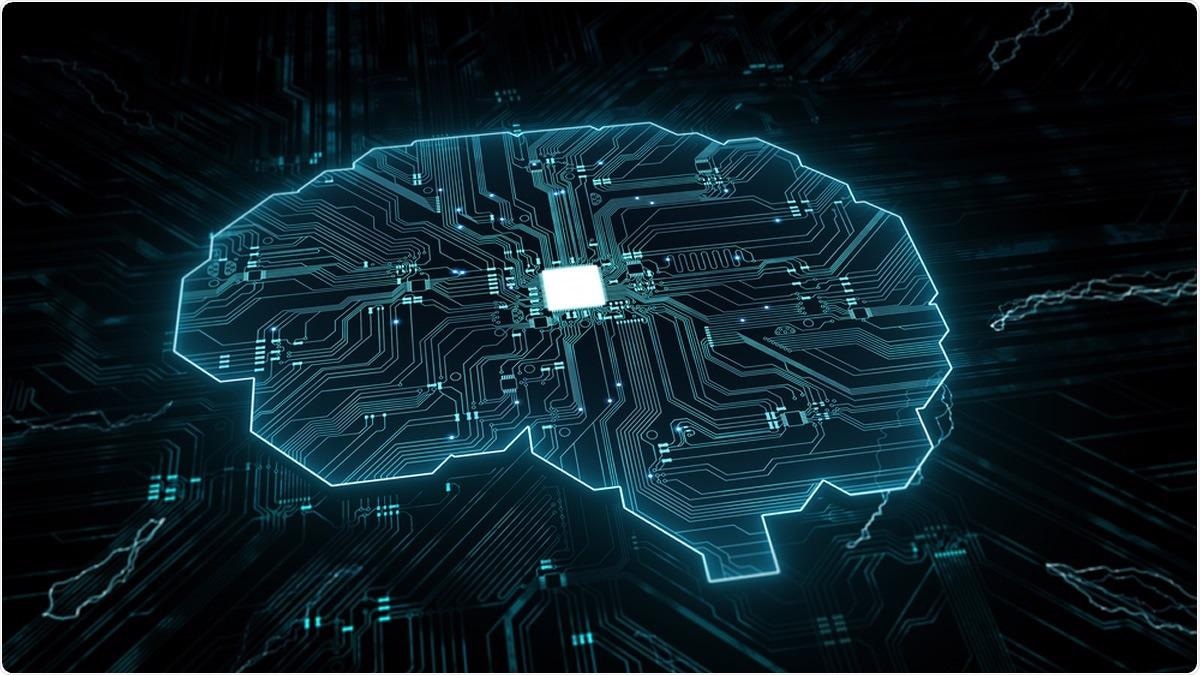As the medical AI community navigates the many ethical, technical, and human-centered issues required for safe and successful translation, the deployment of medical AI systems in routine clinical care presents an important but largely unrealized opportunity.

Review Article: AI in health and medicine. Image Credit: cono0430 / Shutterstock
Recent advancements in the use of AI algorithms in medicine
Many randomized controlled trials (RCTs) have been used to assess the utility of AI systems in healthcare. An RCT evaluating an AI system for managing insulin doses, for example, measured the number of time patients spent within the target glucose range, and a study evaluating a monitoring system for intraoperative hypotension tracked the average duration of hypotension episodes. According to a 2020 study, the US Food and Drug Administration is rapidly approving AI, particularly machine learning technologies.
Medical AI research has exploded in fields like radiology, pathology, gastrointestinal, and ophthalmology, which rely primarily on image interpretation. For radiology activities such as mammography interpretation, heart function assessment, and lung cancer screening, AI systems have shown significant increases in accuracy, tackling diagnosis and risk prediction and treatment. One AI system, for example, was taught to predict 3-year lung cancer risk based on radiologists' computed tomography (CT) readings and other clinical data.
AI has made significant progress in pathology, mainly through the use of whole-slide imaging, in identifying tumors and offering new disease insights. For example, in gastroenterology, deep learning has made considerable progress, particularly in terms of enhancing colonoscopy, a vital test for detecting colorectal cancer.
Studies on the financial impact of AI in the ophthalmology field have found that semi-automated or completely automated AI screening can save money in certain situations, such as detecting diabetic retinopathy.
Possibilities in AI algorithm development
A typical pattern in medical AI research is to tackle an image classification problem, train an AI system using supervised learning on labeled data, and then evaluate the system by comparing it to human specialists. First, the researchers start with non-image data sources, including language, chemicals, and genomic sequences, providing valuable medical information.
Second, they explore problem formulations that go beyond supervised learning, such as unsupervised or semi-supervised learning, to gain insights from unlabeled or otherwise defective data. Finally, they consider AI systems that work with humans rather than compete with them, as this is a way to get more outstanding results than either AI or humans alone.
Senior et al.'s work on AlphaFold was a game-changer in the crucial task of protein folding, which entails predicting a protein's 3D structure from its chemical sequence. Improvements in protein structure prediction can reveal mechanistic information about a variety of events, including drug-protein interactions and mutation effects. Because of AI, noninvasive cancer screening, prognosis, and tumor origin identification are now possible.
Deep learning has improved CRISPR-based gene editing by assisting in predicting guide-RNA activity and identifying anti-CRISPR protein families. According to one study, BioBERT, a model trained on a vast corpus of medical literature, outperformed previous state-of-the-art performance on natural language tasks such as answering biological inquiries.
Unsupervised learning, semi-supervised learning, causal inference, and reinforcement learning are some of the various paradigms that have been used to solve issues with unlabeled or otherwise noisy data. For example, it has been noted from previous studies that AI-assisted clinical experts surpassed both humans and AI alone when detecting malignant nodules on chest radiographs. The value of human-AI collaboration will most likely be determined by the task's details and the therapeutic environment.
Obstacles for the future of AI
Despite the remarkable progress in AI, a few challenges are associated with the widespread use of AI. Although it is thought that AI will lower medical expenditures, the instruments required to gather data for AI systems can be prohibitively expensive. Large image sizes raise additional difficulties as the amount of memory needed for a neural network grows in tandem with the model's complexity and the number of pixels in the input.
Non-image data sources and unconventional problem formulations offer a wealth of new AI research opportunities, opening up a more comprehensive range of data sets. Opportunities also exist in AI–human collaboration, an alternative to the common AI–human competitions in research. Medical AI still faces significant technical and ethical challenges despite the field's potential. When these critical issues are addressed systematically, the prospect of AI to improve the future of medicine may finally be realized significantly.
"AI has made major strides in diagnosing cancers and providing new disease insights, largely through the use of whole-slide imaging."